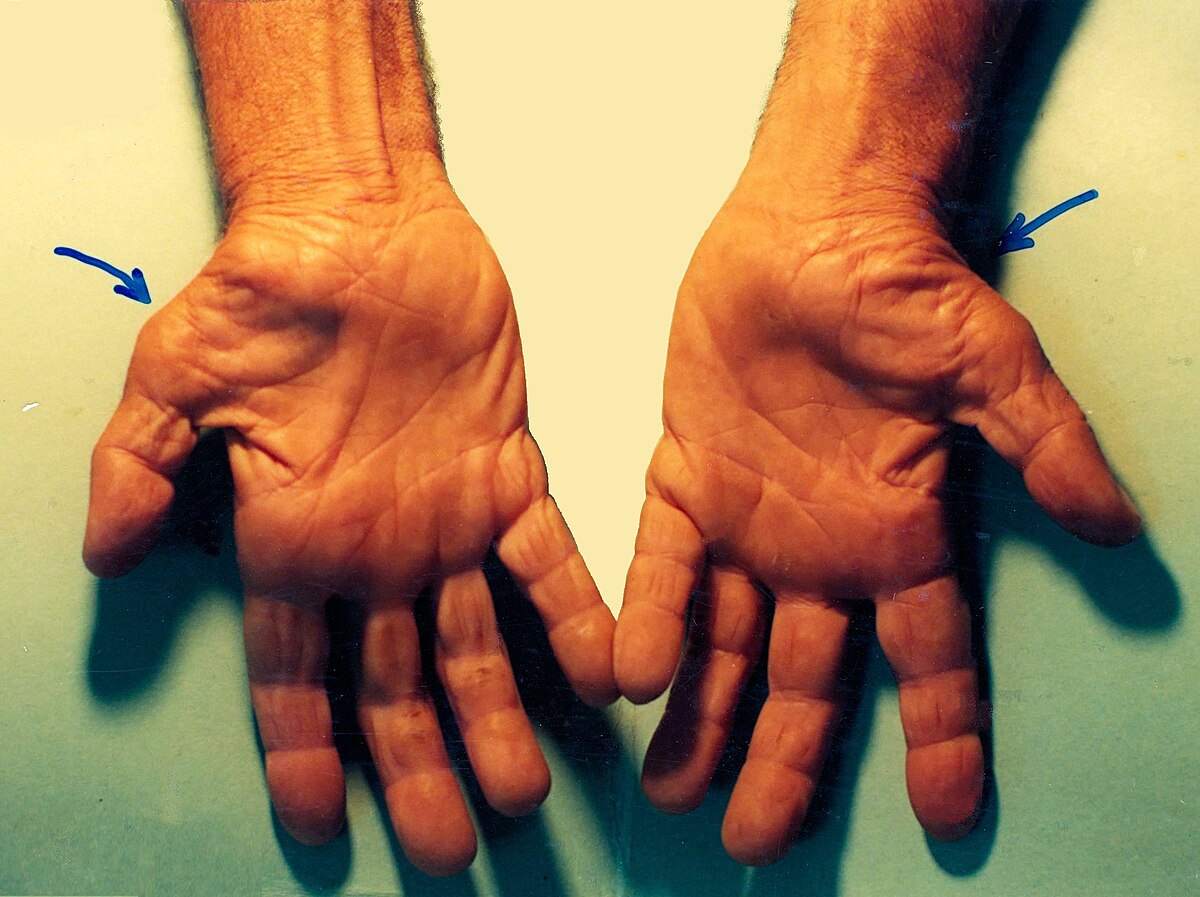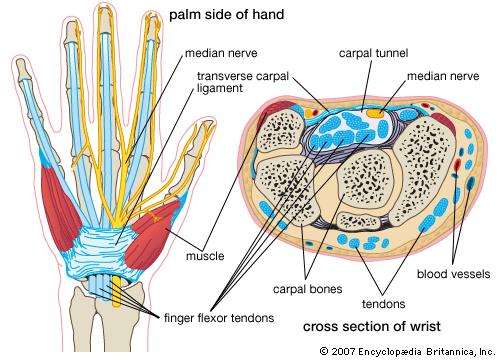Carpal tunnel syndrome, often abbreviated as CTS, is a common condition that affects the hand and wrist. It occurs when the median nerve, which runs from the forearm into the palm of the hand, becomes compressed or squeezed at the wrist. This compression can lead to pain, numbness, tingling, and weakness in the hand and fingers. Carpal tunnel syndrome is one of the most prevalent nerve-related disorders, and its impact on daily life can range from mild discomfort to severe disability if left untreated.

What Is Carpal Tunnel Syndrome?
The carpal tunnel is a narrow passageway located on the palm side of the wrist. It is made up of bones and ligaments and serves as a protective channel for the median nerve and several tendons that allow the fingers and thumb to move. When the tissues surrounding the tendons become inflamed or swollen, they can put pressure on the median nerve, leading to carpal tunnel syndrome.
This condition primarily affects the thumb, index finger, middle finger, and part of the ring finger. The little finger is usually unaffected because it is controlled by a different nerve called the ulnar nerve.
How Does It Develop?
Carpal tunnel syndrome develops gradually. In the early stages, individuals may experience occasional numbness or tingling in the affected fingers. Over time, these symptoms can worsen, leading to persistent discomfort and even difficulty performing everyday tasks such as gripping objects or typing on a keyboard.
Causes of Carpal Tunnel Syndrome
There are several factors that can contribute to the development of carpal tunnel syndrome. While the exact cause may vary from person to person, the following are some of the most common contributing factors:
Repetitive Hand Movements
- Activities that involve repetitive motions of the wrist and hand, such as typing, using a computer mouse, or playing musical instruments, can increase the risk of developing this condition.
- Jobs that require prolonged use of vibrating tools, such as construction work or assembly line tasks, can also contribute to the problem.
Anatomical Factors
- Some people are born with a smaller carpal tunnel, making them more prone to nerve compression.
- Injuries to the wrist, such as fractures or dislocations, can alter the structure of the carpal tunnel and increase pressure on the median nerve.
Health Conditions
- Certain medical conditions, such as diabetes, rheumatoid arthritis, and hypothyroidism, can increase the likelihood of developing carpal tunnel syndrome.
- Obesity and fluid retention during pregnancy can also contribute to the condition by putting additional pressure on the wrist.
Age and Gender
- Older adults are more likely to develop carpal tunnel syndrome due to the natural wear and tear on the body over time.
- Women are more frequently affected than men, possibly because they tend to have smaller carpal tunnels.
Symptoms of Carpal Tunnel Syndrome
The symptoms of carpal tunnel syndrome typically start gradually and worsen over time. They often include:
Numbness and Tingling
- A sensation of numbness or tingling in the thumb, index finger, middle finger, and part of the ring finger is one of the earliest signs of the condition.
- These sensations may feel like an electric shock traveling through the affected fingers.
Pain
- Pain in the wrist and hand is another common symptom. The pain may radiate up the arm, especially during activities that involve bending the wrist.
- Some individuals report waking up at night with pain or discomfort in their hands.
Weakness
- As the condition progresses, weakness in the hand may develop. This can make it difficult to hold objects or perform tasks that require fine motor skills.
- People with carpal tunnel syndrome may accidentally drop items due to weakened grip strength.
Burning Sensation
- A burning sensation in the fingers or palm of the hand may occur, particularly after prolonged use of the wrist.
Treatment Options for Carpal Tunnel Syndrome
Treatment for carpal tunnel syndrome depends on the severity of the condition and how much it interferes with daily activities. In many cases, early intervention can prevent the need for surgery. Below are some of the most common treatment options:
Lifestyle Modifications
- Taking frequent breaks from repetitive activities to rest the hands and wrists can help reduce symptoms.
- Ergonomic adjustments, such as using a wrist rest while typing or adjusting the position of a computer mouse, can also alleviate pressure on the wrist.
Wrist Splints
- Wearing a splint at night can help keep the wrist in a neutral position, reducing pressure on the median nerve and preventing nighttime symptoms.
- Some people may also benefit from wearing a splint during the day, especially during activities that aggravate the condition.
Medications
- Nonsteroidal anti-inflammatory drugs, such as ibuprofen or naproxen, can help reduce inflammation and relieve pain.
- In some cases, corticosteroid injections may be administered directly into the carpal tunnel to reduce swelling and provide temporary relief.
Physical Therapy
- Physical therapy exercises can strengthen the muscles in the hand and wrist, improving flexibility and reducing strain on the median nerve.
- A physical therapist may also teach techniques to improve posture and reduce stress on the wrist during daily activities.
Surgery
- If conservative treatments fail to provide relief, surgery may be recommended. The goal of carpal tunnel release surgery is to cut the ligament that forms the roof of the carpal tunnel, thereby relieving pressure on the median nerve.
- This procedure can be performed using either an open technique or endoscopic surgery, depending on the patient’s needs and the surgeon’s preference.
Recovery After Surgery
- Most patients experience significant improvement in symptoms after surgery, although full recovery may take several weeks to months.
- Physical therapy is often recommended post-surgery to restore strength and mobility in the hand and wrist.
Preventing Carpal Tunnel Syndrome
While not all cases of carpal tunnel syndrome can be prevented, there are steps individuals can take to reduce their risk:
- Maintain good posture while working at a desk or performing repetitive tasks.
- Use ergonomic tools and equipment to minimize strain on the wrists.
- Take regular breaks to stretch and relax the hands and wrists.
- Manage underlying health conditions, such as diabetes or arthritis, to reduce the risk of complications.
Exercises for Prevention
- Performing simple hand and wrist exercises, such as wrist flexor stretches or finger extensions, can help maintain flexibility and reduce tension.
- Practicing relaxation techniques, such as deep breathing or meditation, can also help reduce stress-related muscle tension in the hands and wrists.





